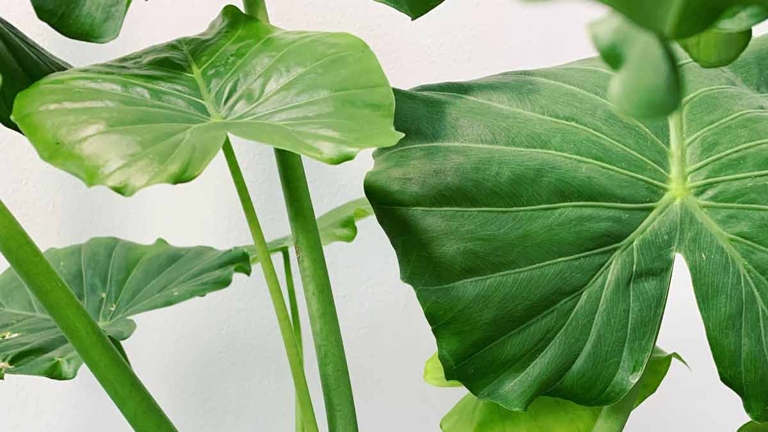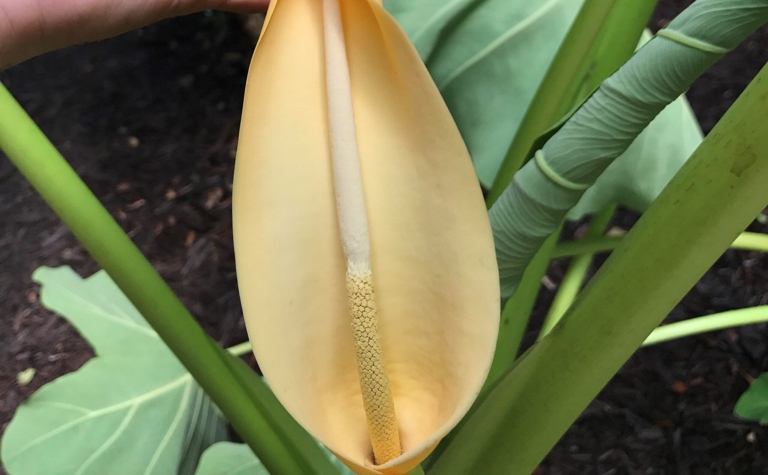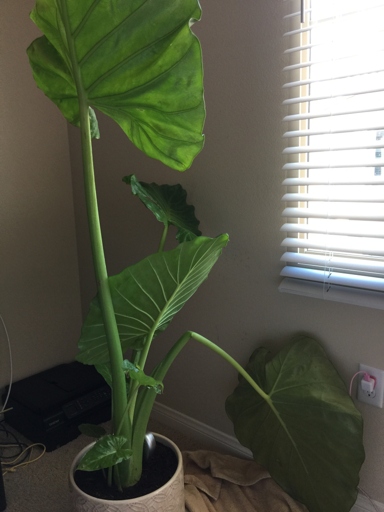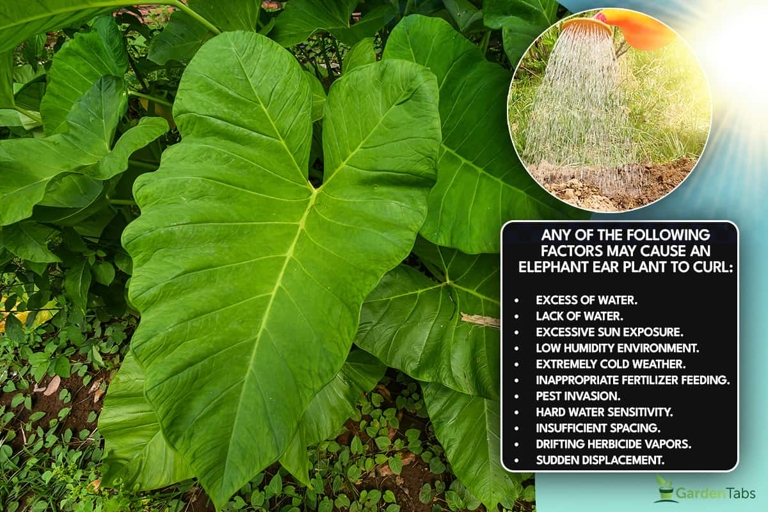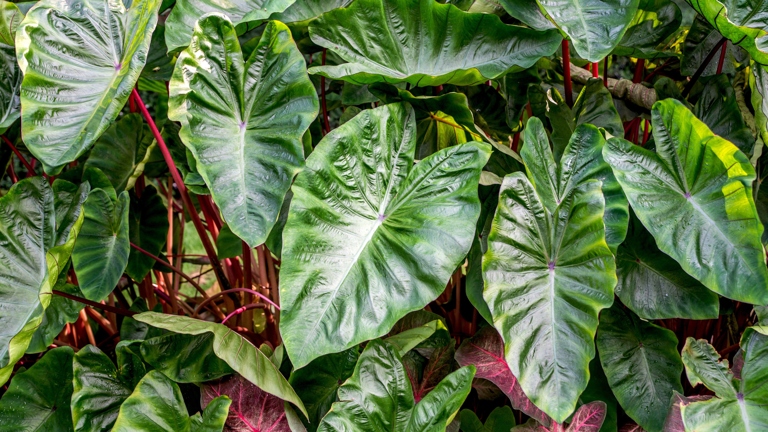Elephant Ear Leaves Turning Brown (9 Causes And Solutions)
If your elephant ear leaves are turning brown, you’re probably wondering why and what you can do about it. There are several possible reasons for this problem, but fortunately, there are also several solutions. In this article, we’ll discuss nine possible causes of browning elephant ear leaves and what you can do to fix the problem.






